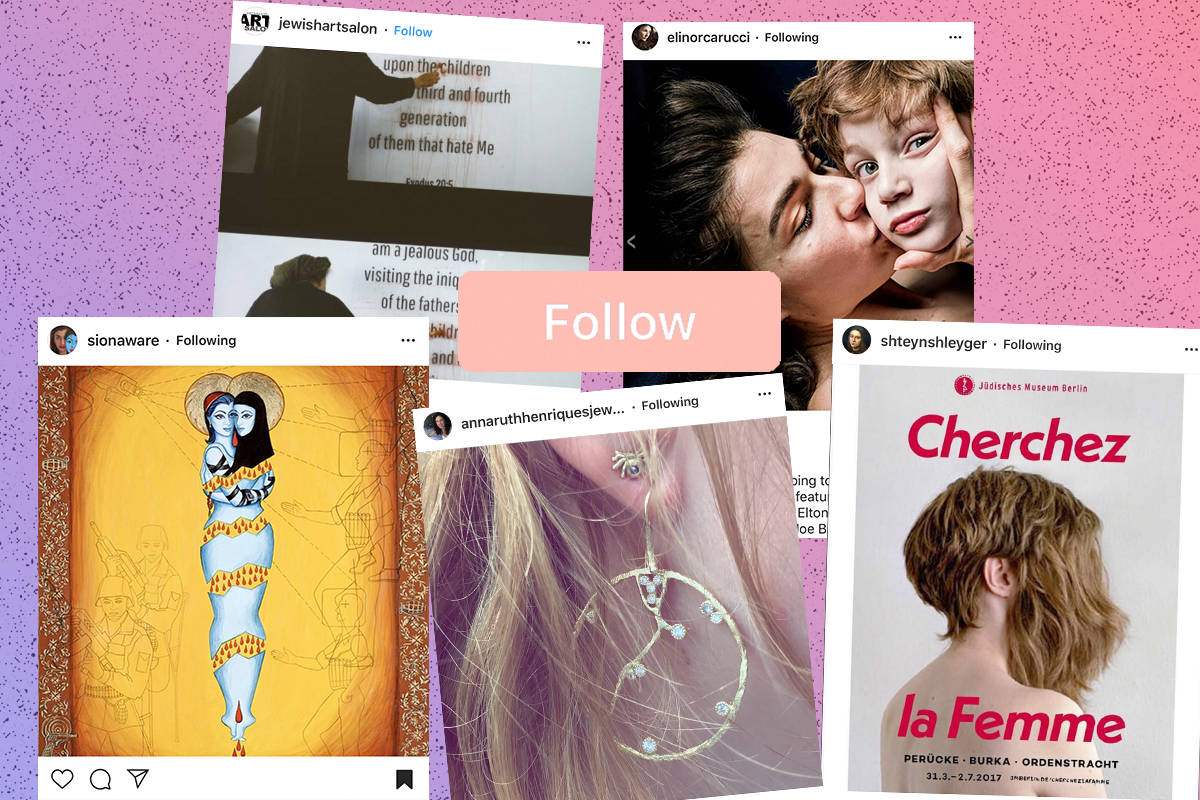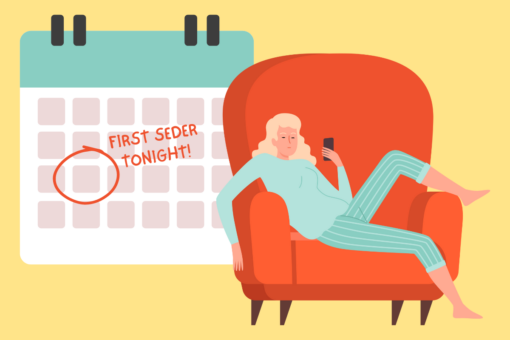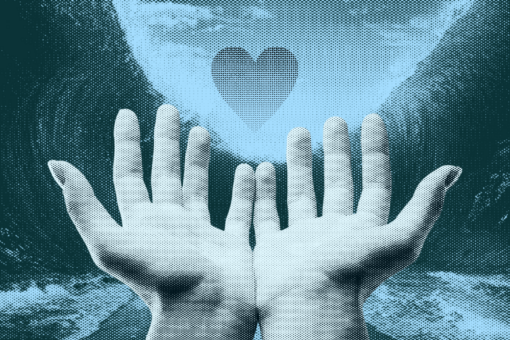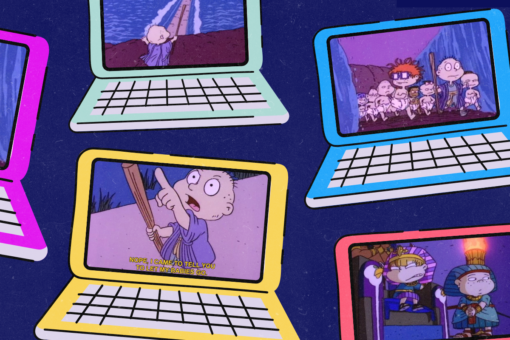When I was in high school, I found out that my favorite artist, Hannah Wilke, was Jewish. Suddenly I realized that I had never truly felt represented by the people shown to me by the media, by art, or by history teachers. Learning of Wilke’s Jewishness, I gained insight into a way that my identities as a feminist, Jewish, American woman, and my interests in art and activism, could intersect and become productive. Her work put words to a problem I had felt, but could not name: how to address my seemingly disparate and contradictory values. Still today, I’m always looking for new representations of Jewish identity in the arts and culture that I consume.
Here are five Jewish women artists who will empower you to embrace your identity and maybe even inspire you to make some art of your own.
1. Anna Shteynshleyger
A Brooklyn-based photographer, Shteynshleyger immigrated from Moscow in 1992. Her photography feels incredibly intimate, whether the picture captures people or the forest. “Des Plaines,” a series of photographs capturing images of both the United States and Russia, includes intimate moments between religious Jews, like one of a couple in a boat on a river. Shteynshleyger is able to show nuanced representations of religious Jewish and Russian life that are rarely depicted in art. One of the first photographs I saw of hers was “Covered,” a self-portrait of Shteynshleyger wearing multiple sheitels (wigs). For me, this image is a meditation on the Jewish practice of women’s hair covering, highlighting the difficulties of observing this mitzvah. “Covered” also explicitly deals with femininity, observance, and patriarchy in a frank yet nuanced way that isn’t often seen in art and media.
Follow Anna Shteynshleyger on Instagram @shteynshleyger.
2. Siona Benjamin
Benjamin is from the Bene Israel community in Bombay and makes paintings based on her Indian and Jewish heritage. Women are at the forefront of Benjamin’s work, often combining Jewish heroines with Indian visual culture. As a person and an artist, Benjamin shows the diversity and interconnectedness of Jewishness. She has made work in synagogues across the United States and prints her artwork on clothing and even yoga mats. At first I was seduced by the decorative and figurative nature of Benjamin’s work, but ultimately my love for her art was solidified by her uncompromising expression of her multifaceted identities. Like with Wilke’s work, Benjamin’s paintings have taught me to embrace combinations of my identity — like being sex positive while also adhering to religious beliefs — that I’ve never seen represented before or thought couldn’t work together. Her latest paintings respond to the refugee crises throughout the world.
Follow Siona Benjamin on Instagram @sionaware.
3. Elinor Carucci
Carucci was born in Jerusalem and has made a name for herself in the United States as a commercial and fine arts photographer. Much of her work documents motherhood, womanhood, oh and family. Mother is a book of photographs relating to her giving birth to twins. The intimacy of Carucci’s work can be uncomfortable but always stems from her frank, realistic approach. Her pictures show what it can look like to be a mother, a daughter, a wife, and a Jewish woman navigating relationships and hectic contemporary life. Her images of pregnancy and menstruation make visible the jarring phenomenon that so many people never see so clearly.
Follow Elinor Carucci on Instagram @ElinorCarucci.
4. Anna Ruth Henriques
Anna Ruth Henriques was born in Jamaica of African, Chinese, and European heritage. A jewelry maker as well as an interdisciplinary visual artist, her illuminated manuscripts are rooted in her autobiography, combining visual and narrative elements from her complex cultural experiences. “The Book of Mechtilde,” the original of which is in the collection at the Jewish Museum in New York, is an artistic personal history and visual processing of her mother’s life, who battled a fatal illness and died when Henriques was 11. The Jewish Bible guides the work, and the images are reminiscent of decorative ketubot (wedding contracts) and other Jewish word and image works. Henriques style seems minimally persuaded by other artistic styles. Rather than far-removed visual translations of the images in her mind, her drawings, objects, paintings, and even her jewelry are clearly products of her handiwork, which make them feel personal.
Follow Anna Ruth Henriques on Instagram @annaruthhenriquesjewelry and @annaruthhrenriquesart.
5. Helene Aylon
Helene Aylon deals with Judaism most explicitly of any of the other artists on this list. Raised Orthodox in Brooklyn, much of her work addresses gender in religious Judaism. Throughout the 1960s and ‘70s, her work also dealt with environmentalism and feminism more broadly. Unlike much of the work that I have seen on the topic of women and Judaism, Aylon strikes a balance between criticism of and reverence for traditional customs. In her most relatable work, “The Liberation of G-d,” which has seen many different iterations since it was originally made, Aylon highlights with a pink highlighter moments in the Torah where women’s voices have been left out. For me, Aylon’s work puts the feminine voice back into text. Her work has become a part of my personal Torah — my religious values — to remind me that we are the people who wrestle with God, while ultimately seeing the beauty in our customs. In other words, her work demonstrates how to stand up for what you believe, while also appreciating the positive.
Header image via the artists on Instagram.



